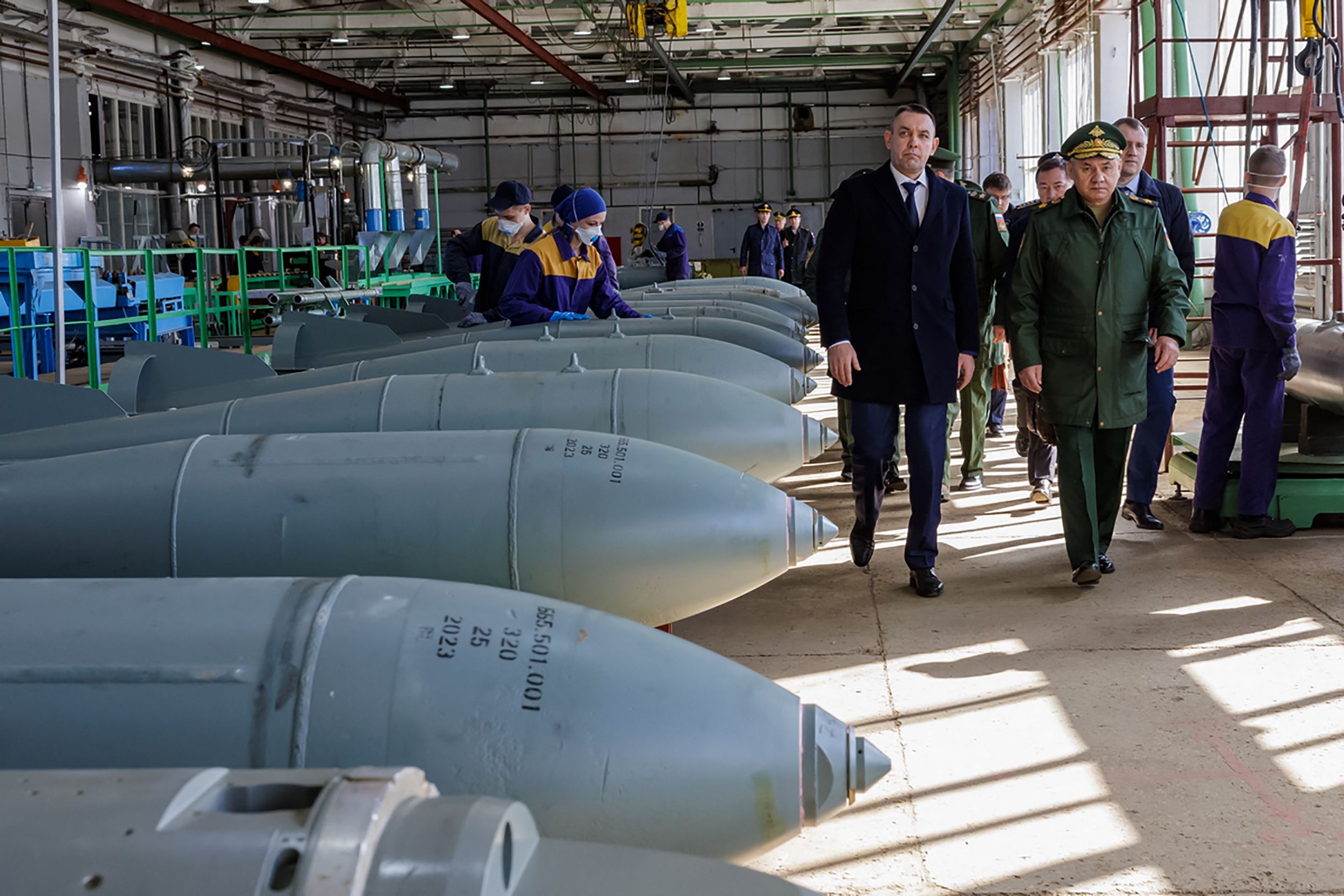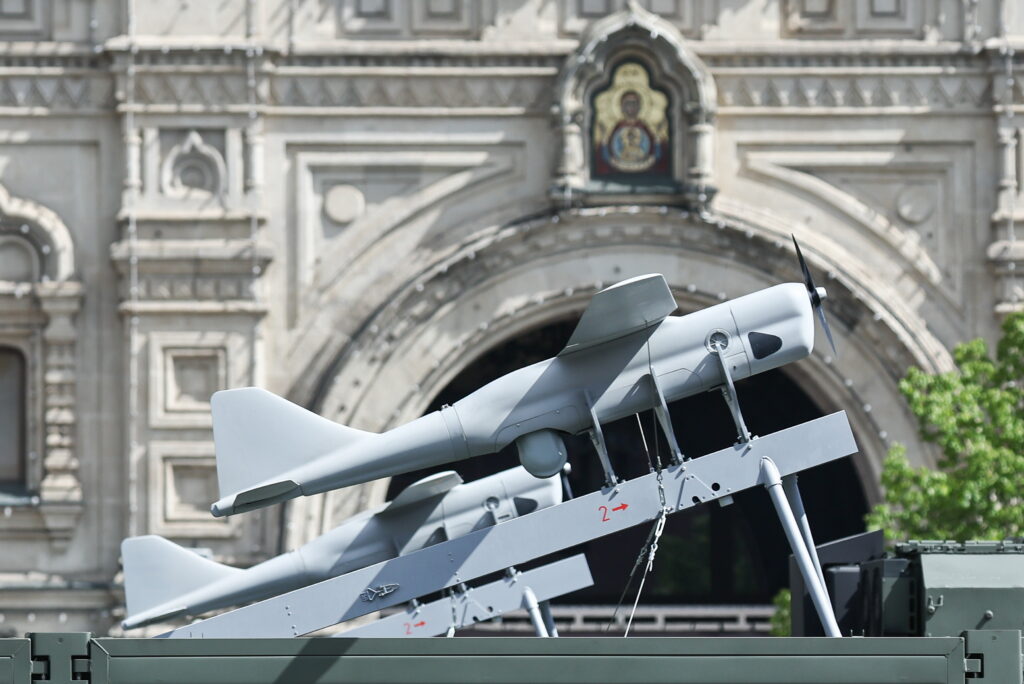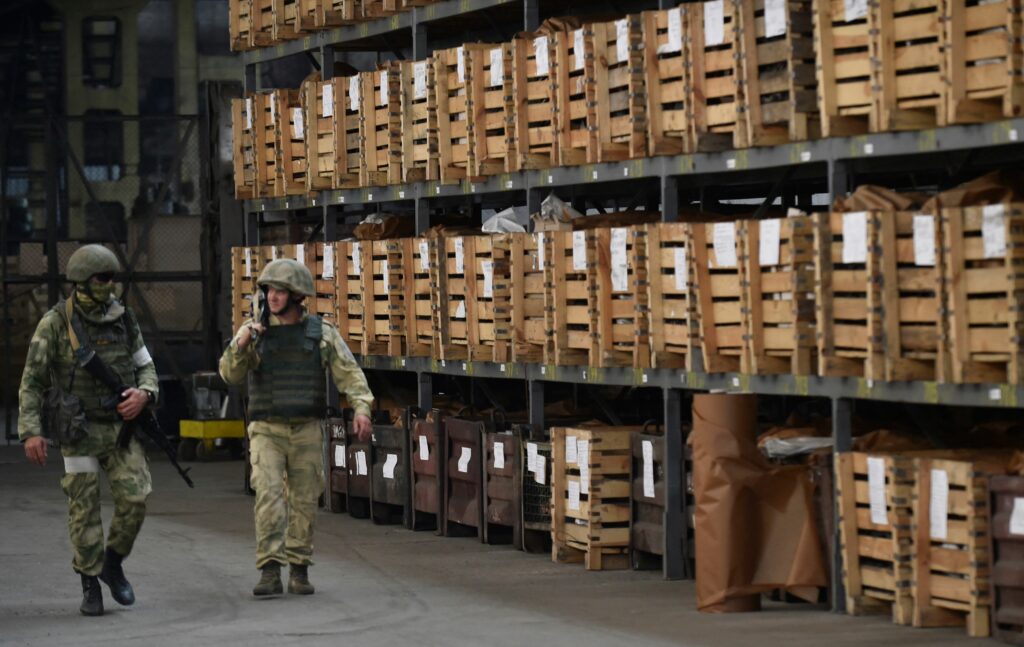Putin’s war against Ukraine has now continued for two years. Admittedly, few people had expected it to last this long: we have just learnt that President Zelensky had not expected it to last even a year. All commentators had various reasons to believe that the conflict would be short-lived, but I think the most exotic view is the one that Russia would end the war because it may have exhausted its military potential. Back in 2022, I myself presumed that Putin would not dare to carry out mobilisation, opting to ‘buy’ volunteers instead, but I had never thought that restricted warfare was beyond the Kremlin’s capabilities. Even though I passionately wished success to Ukraine, I found it dubious to reassure Kyiv with tales of an imminent end of the war because I realised that a conflict was among the most important components of the ‘emergency regime’ that gives V. Putin the possibility to rule the country in conditions of ‘pure terror’.
On this basis, I would like to express my modest doubts about the claims expressed in Pavel Luzin’s article, predicting a difficult year for the Russian army and the country’s military-industrial complex in 2024 after a period of «gradual organisational degradation.» These doubts are rooted in my competence as an economist, although I have rarely studied the Russian defence industry. My last such experience, which dates back to pre-war times, led me to think that Russia can produce standard military products on a fairly large scale, but is incapable of modernising them or even producing state-of-the-art designs in mass quantities. In my view, the war with Ukraine has confirmed these conclusions: we have not seen either ‘Armat’ or Su-57 at the front but, at the same time, the predictions offered by many experts (including P. Luzin) have not come true. Even a year and a half ago, they promised that the Russian army would be hungry for shells and missiles while, unfortunately, the intensity of shelling in Ukraine has only been increasing recently. I would like to draw readers’ attention to the fact that the arguments that are being presented again cannot provide grounds for claiming that the Russian military industry is in crisis.
Let me start by saying that I absolutely agree with the aforementioned author that we should not believe official Russian data on the rapid growth in the number of contract servicemen: most likely, the current group fighting at the front is not significantly larger than the one which operated against Ukraine at the first stage of the war. At the same time, we can see that even the pre-planned military expenditures have increased from 3.51 trillion roubles in 2022 to 4.98 trillion roubles in 2023 and should reach 10.79 trillion roubles in 2024. Most likely, these figures do not provide a full picture of the sums spent: for example, 4.68 trillion roubles was actually spent in 2022, and 5.59 trillion roubles (or 112% of the annual plan) was expended in the first half of last year alone and we cannot reasonably assume that the Russian military were starving from July to December. If we suppose that the number of the active soldiers is 617,000, the authorities spend up to 1.9 trillion roubles a year on salaries and compensation for deaths and injuries, and also about 400 billion roubles on food and uniforms. Accordingly, at least 6−7 trillion roubles are spent on the needs of the military-industrial complex itself, although the expenditures were approximately three times lower in 2010−2020. This growth in investment could not but lead to an increase in the output of all military products.
According to official data, «more than fivefold growth was recorded in communications equipment, means of destruction [missiles], electronic warfare and reconnaissance equipment; threefold growth in armoured armaments, twofold growth in aviation equipment, and twofold growth in unmanned aerial vehicles.» Over the past year and a half, the number of military sector enterprises has risen by almost a quarter (by 360 units) and the number of personnel has gone up by half a million people (520,000). Many enterprises have switched to two- and three-shift operation mode. Although Western experts claim that the number of tanks produced has grown from 100 to about 200 per year, my sources provide a figure of no less than 40 per month. If we accept the view that at least 1/3 of Russia’s GDP growth in 2023 was generated by the military industry, it means that the growth in the course of two years totalled 60−80% (before the war, the industry accounted for approx. 4−4.5% of the country’s GDP). Some researchers say that its share may grow to 8% in 2024.
Of course, the fact that the Russian authorities turned to Iran or North Korea to purchase arms does not exactly indicate great achievements in the defence industry, but it is worth remembering that the authorities intend to localise some production (in 2024, a drone factory in Alabuga will produce several thousand machines under Iranian licence while Kyiv is calling on Europe to create a unified defence industry, but it hopes to finish building its own factory to produce licensed Bayraktars only in 2025). In terms of the intensity of the shells used, the Russian army surpasses the Ukrainian army by a factor of 2 to 3 today, and it sometimes sends a hundred missiles a day to Ukraine despite the assertions that «there are hardly of them any left.»
In my view, the reason why the growth of Russia’s military industry is being underestimated is that it represents an insignificant part of the Russian economy even today. In the USSR, this industry generated more than 20% of GDP even in peacetime, let alone in wartime. When P. Luzin cites the data showing that the country has not increased the output of key raw materials for the military industry (including steel, ammonia, cellulose and sulphuric acid) over the past five years, he does not take into account the scale of the military economy itself or the condition of other sectors of the national economy. Let us assume that the production of tanks has increased from 100 to 500 pieces per year under war conditions, and the growth in 152-mm shells has risen from 2 to 4.5 million. One T-90 tank weighs 45 tonnes, and a 152-mm shell without explosives weighs approx. 40 kg. If we assume that the scrap metal volume reaches an equal figure, then the additional demand for steel for the production of tanks will not exceed 35−40 thousand tonnes, with 150−200 thousand tonnes for the production of shells. At the same time, it should be noted that Russia’s domestic consumption of steel has fallen sharply (in 2023, approximately 1 million fewer vehicles were produced than in 2021) and so has its export (the volume of ferrous metals supplied to unfriendly countries alone in the first half of 2023 was by 3 million tonnes lower than in 2022, and the decline probably amounted to at least 5 million tonnes at the end of the year, while supplies to China remained relatively stable). At the same time, steel production in October 2023 grew by 9.5% against October 2012, while domestic demand grew by 15%. A significant proportion of the latter was provided by the construction sector, but I would not venture to say that raw material supplies are restraining the growth of the defence industry. The same applies to ammonium nitrate: it makes up about 80% of the volume of disruptive explosives and a 152 mm calibre shell contains 6 to 9 kg of this substance. In other words, to produce 2 million rounds of ammunition, a total of 12,000 to 20,000 tonnes of this raw material are needed, while Russia produced more than 11 million tonnes in 2022 (notably, the increase amounted to 14.6% compared to 2021, with the bulk of it being used to produce nitrogen fertilisers, of which about a half are exported). In case of a deficit, a 10% reduction in exports would provide raw materials to manufacture 40−50 million shells. Transport statistics are even less informative since even a simple preservation of volumes coupled with a significant decline in exports indicates a rather sharp increase in domestic transport (from 5 to 10%), also towards the regions where military plants are located. Finally, it should be borne in mind that coal, ores and construction materials account for more than 50% of the total volume of loads shipped via Russian railways, which means that the transport of even ten thousand tanks from either the Ural or Siberia to the theatre of war would actually fall within the margin of statistical error.
I am not at all inclined to panic and overestimate the volume of Russian production (recently, the revelations from an Estonian minister swept across the media: he said that Russia produces 1.5 million artillery munitions a month), but I would consider it dangerous to tell stories that the production is about to collapse finally and that «the main problem for the Russian military industry will be not to boost the indicators further, but to maintain the current rates of production, modernisation and repair.» Unlike the USSR, with its planned economy and omnipresent deficit, the military-industrial complex in today’s Russia is a serious driving force of the economy and the continued injection of hundreds of billions and trillions of roubles into the industry can ensure growth in output at the level of 25−40% per year. At the same time, it should be noted that V. Putin, as far as we can judge, is confident that the war will continue in the coming years and is not going to cut funding for the military-industrial complex. Moreover, the huge losses of equipment over the past two years mean that three to six years will be needed to restore the volumes after the end of hostilities, which means that the Kremlin does not face the threat of a rapid conversion that could undermine the confidence that Russian authorities enjoy among people employed in the military-industrial complex.
Summing up, at the beginning of the third year of the war, the position of the Russian army looks more solid than in 2022 or 2023. During this time (a usual thing in the course of a war), closer interactions between different units have developed, soldiers have learned to apply battle tactics, serious defensive lines have been created that prevented the Ukrainian Armed Forces in 2023 from repeating the offensive successes achieved in the autumn of 2022. Moreover, the authorities have learned to recruit people into the army without mass mobilisation while the military-industrial complex has sharply increased its output and is ready to work without large-scale purchases from other countries in the course of this year. Russia appears to have completely abandoned the idea to produce the most advanced weapons, believing that such weapons are not much needed in a positional war. At the same time, it generates enough weapons for an endless conflict of the current intensity.
Does this mean that Ukraine will not be able to turn the tide of the war in 2024? I presume that radical change is possible, but it does not depend primarily on the exhaustion of the Russian military power. Instead, it depends on the position adopted by the West, which must multiply its arms supplies to Ukraine and provide it with a massive advantage in air, air defence and ground forces. The change also depends on Kyiv itself, which needs another 300,000−400,000 new soldiers. If none of this is secured, Russia will be able to continue the war, and probably even push the Ukrainian Armed Forces out of their current positions.
To my mind, the discussion about the capabilities of the Russian military-industrial complex highlights another very important point. Experts who talk about the limited potential of the Russian military industry ultimately take the side of those who prefer to exert the pressure on Russia through sanctions rather than provide military aid to Ukraine. Lack of budget funds, a shortage of semiconductors, insufficient equipment or qualified personnel, limited material resources — all these factors can allegedly either change Putin’s course or undermine the Russian economy. Well, this might happen, but when? Russia continues to destroy Ukraine and will eventually do so if Ukrainian and Western politicians continue to hope for the exhaustion of Russia’s potential. As readers may remember, six months before the recent massive missile attacks, Kyiv said that Moscow had five times fewer missiles of all kinds than it had used since the beginning of the conflict. Nevertheless, this did not prevent a new wave of attacks. Today, the emphasis should be on providing massive military assistance to the fighting Ukraine. In the current situation, attempts to convince everyone that the enemy is weak are a wrong strategy and it is high time it got abandoned.










